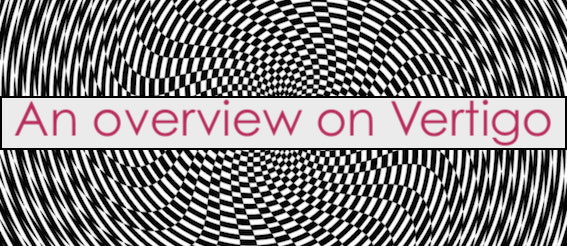Today I’m sharing a recipe for Digestive Biscuits with a twist, using Cranberries and Choc chips.
I recently saw a recipe for old-fashioned oat & spelt digestive biscuits and I thought I would make some. Previously I have written about the health benefits of oats, I also prefer not to use wheat in my baking if possible. So, in keeping with the idea of good ‘digestion’, I decided to use buckwheat flour.
Both oats & buckwheat are very beneficial for gut health.
I also decided to add a bit more texture and flavour to my biscuits with cranberries, dark choc chips and pepitas.
Cranberry & Choc chip Digestive Biscuits
Makes approx. 20 biscuits
Ingredients
150 g butter (soft)
70 g Coconut sugar
2 tbsp Maple syrup
2 eggs
1 tsp baking powder
180 g Oat flour
220 g Buckwheat flour
1 tsp salt
1 tsp Cinnamon
2 tbsp rolled oats
3 tbsp dried cranberries
2 tbsp pepitas
2 tbsp dark choc chips
Method
Preheat your oven to 200’c and line 2 biscuit trays with baking paper.
* Mix the butter and sugar together using an electric mixer till creamy
* Add in the Maple syrup and the eggs, continuing to mix well, followed by the cinnamon, salt and baking powder.
* Add in the flours a spoonful at a time.
I added in the cranberries, pepitas and chocolate chips after mixing in approximately 1/3 of the flours. This helped them to be distributed more evenly through the mix.
As you get towards the end of the flours, the dough will get quite stiff.
I used my tablespoon to portion the dough into mounds on the trays. I then squashed them with a fork.
Bake the biscuits in the middle of the oven for 10 minutes.
These biscuits are a drier consistency so they are best enjoyed with a glass of milk or cup of tea.
Hope you enjoy them.
Till the next post,
Live clean n Prosper


